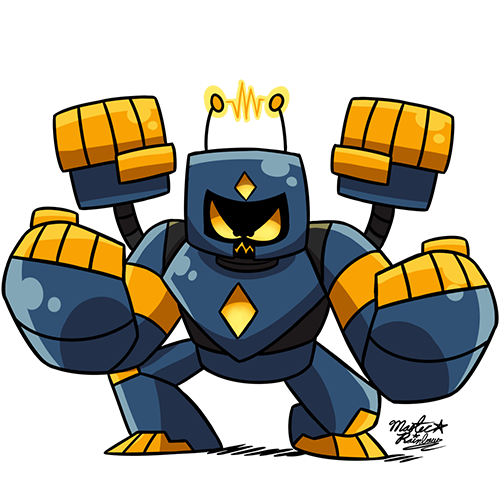#palaestrae
Text

A portion of a mosaic floor depicting the head of a boxer, from the exedra of the palaestrae of the baths of Caracalla, ca. AD 200, National Museum of Rome / [***]
6 notes
·
View notes
Text
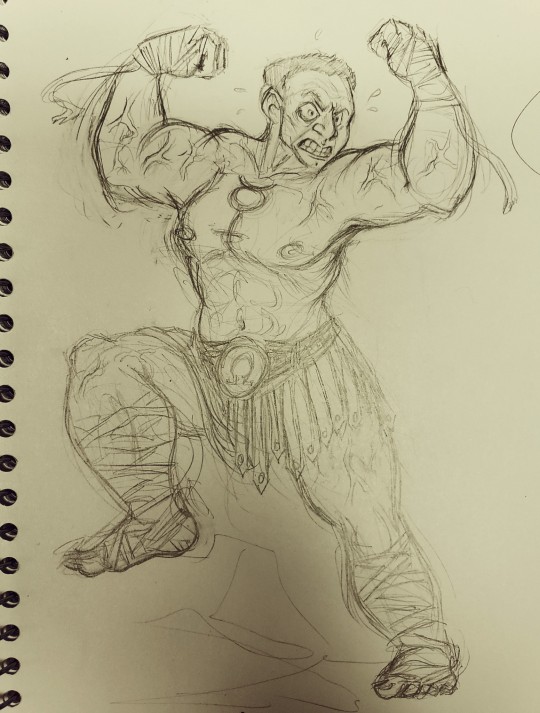
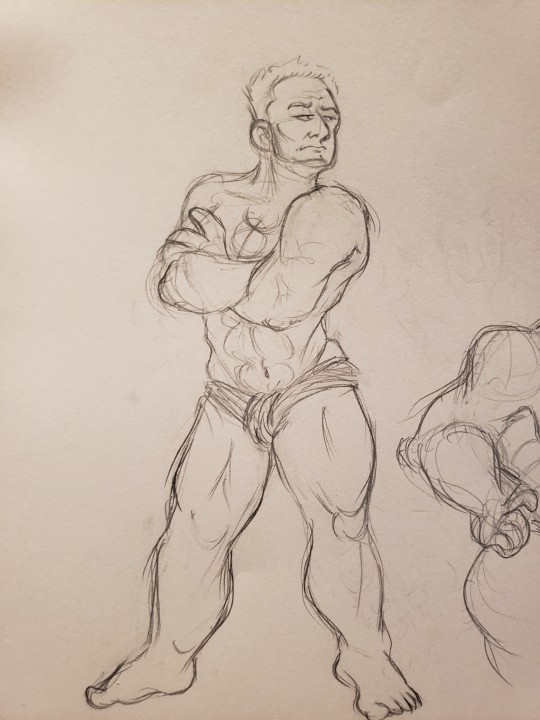
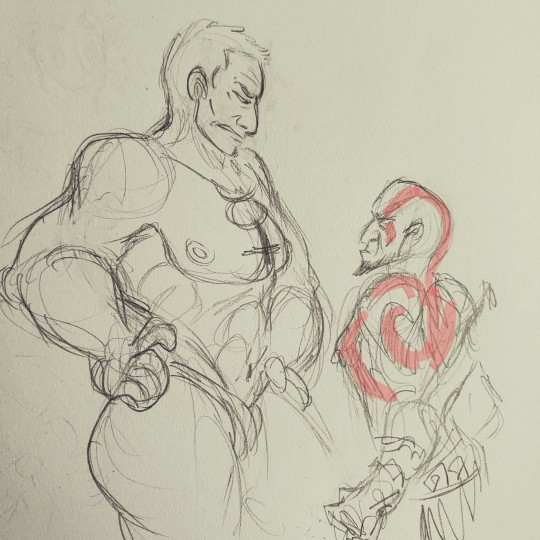
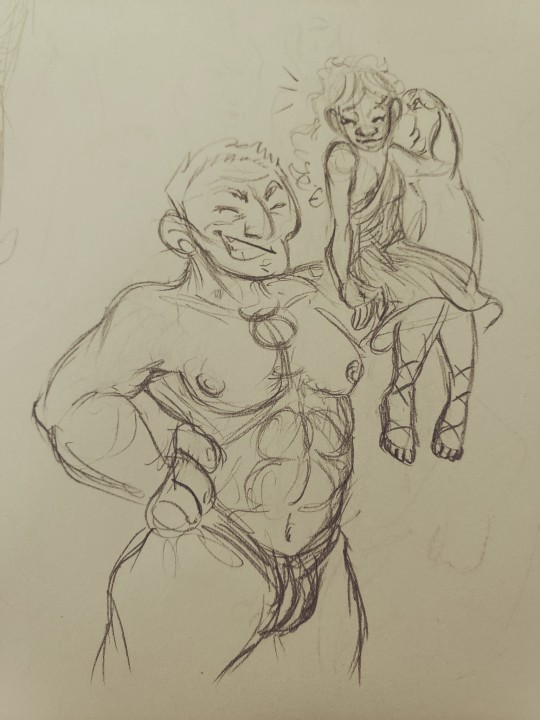
More of my gow OC Palaistra, Daughter of Hermes and Demigodess of Wrestling
(Last pic ft Irma, @smellslikeshadowspirit's OC)
53 notes
·
View notes
Photo
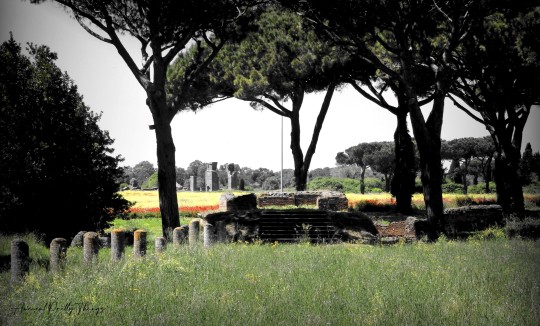
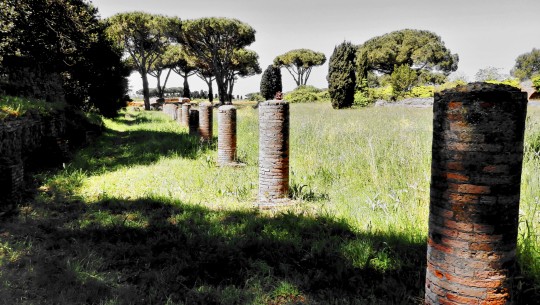
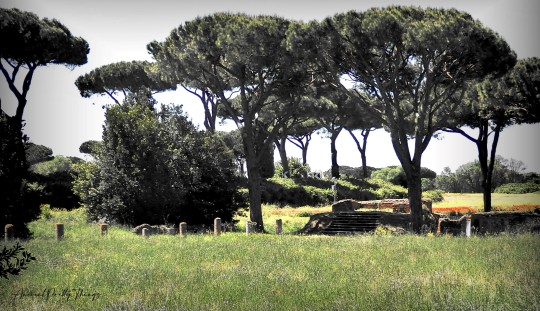
The Grand Palaestra, Ostia Antica.
#ostia#oastia antica#palaestra#grand palaestra#italy#roman#ancient roman#ancient rome#original photography#ancientprettythings
134 notes
·
View notes
Text
every single person who made a Hades OC for the first game is sitting staring waiting to see if a Canon version of their OC will be in the sequel
#me included#but i highly doubt it since Palaestra is such an incredibly minor deity#Morgan speaks#hades 2#I'm not going to be normal about this
39 notes
·
View notes
Text
🕯 Palaestra devotional moodboard 🕯





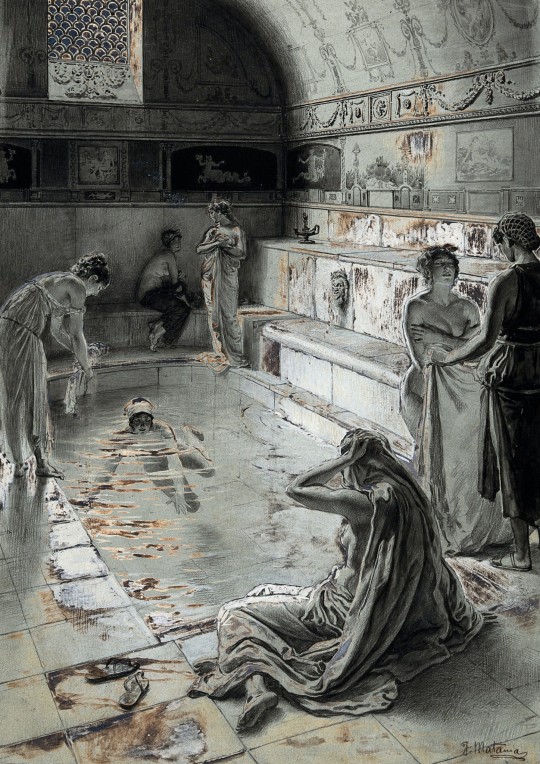



#florida wrestling#gorgeous george#mid-south wrestling#uwf#mildred burke#roman baths#ruins of a palaestra (greek wresting arena#russian sambo#vasili oshchepkov#pride fc#pride mma#jmma#Mestre Tatu#luta livre#brazilian jiu jitsu#vale tudo#Pankration#mma#pro wrestling#classic wrestling#grappling#territory wrestling#gladiator#gladiatrix#catch wrestling#catch as catch can#olympic wrestling#Greco-Roman wrestling#free style wrestling#folkstyle wrestling
3 notes
·
View notes
Text
JAV Momoka Nishina rough BDSM foreplay Subtitles
Free older porn movie scenes
beautiful Dubay Coll girl and her young neighbor sex
PervCity Cumswap Threesome Ana Foxxx and Lily Labeau
Toy story gay porn and old man smell cock Josh Bensan is stunned by
Gordinha mostrou tudo
Huge ass pregnant Latina fucking
Streamer masturbate with toys
White teen creamy solo first time Stepmom Soothes My Erection
Piernas/legs/sexy/rico/minifalda/tacones/Danna Paola
#percrystallization#well-plenished#dankmemes#palaestras#betrothment#Klayman#protectionship#vizircraft#dualogue#swartback#amplexuses#Rhame#Zygnematales#frondigerous#Depauw#reinvoking#tu-chung#peccancies#hydrohematite#darkeners
4 notes
·
View notes
Text
youtube
Elon Musk larmar om folkmordsretorik i Sydafrika | Nilssons perspektiv
0 notes
Text
Palaestra
Palaestra - gonna go with a ‘no’ for a cabin for her, even though she seems to be a goddess of wrestling, and she seems very asexual and aromantic in her description.
0 notes
Text
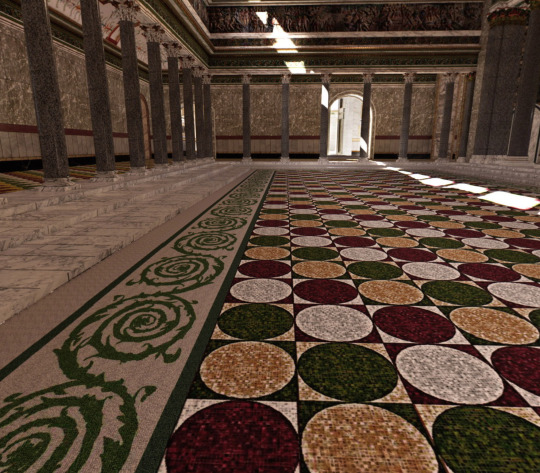
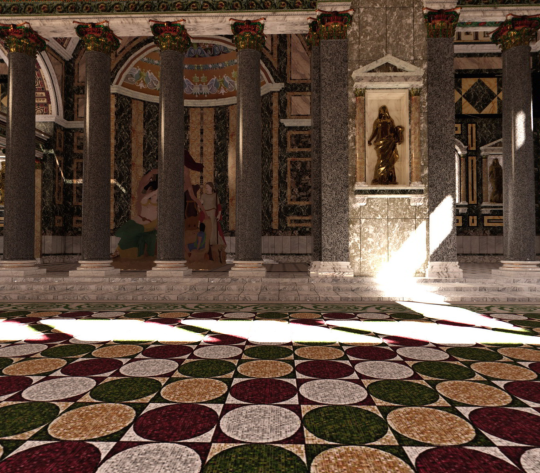
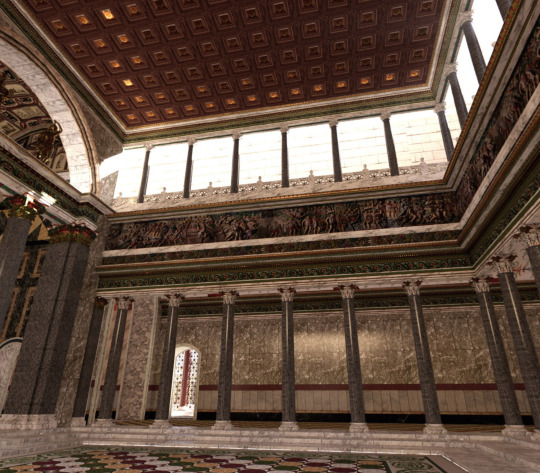

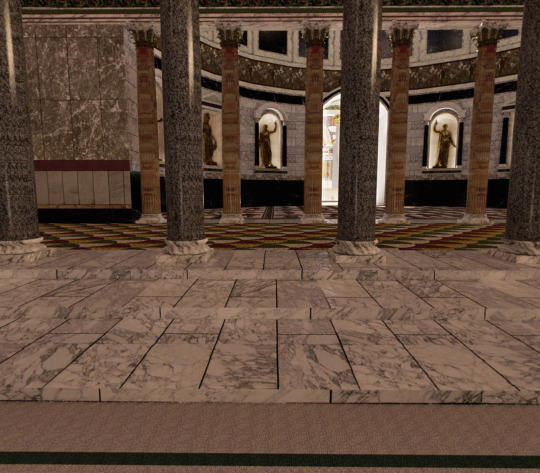
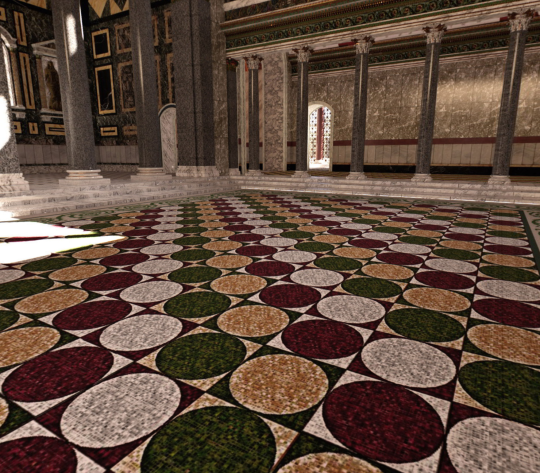
3D reconstruction of the palaestra in Baths of emperor Caracalla.
Made by Rome in 3D (Danila Loginov, and Sergey Bardyshev)
These are some screenshots ( large images) that I took from the original 360 panorama image by 'Rome in 3D'
The extraordinary work by Rome in 3D team received recognition from scientists in the field of 3D reconstruction, archaeology and topography of Rome.
#roman empire#ancient rome in 3d#archaeology#ancient rome#roman architecture#roman buildings#digital work
520 notes
·
View notes
Text
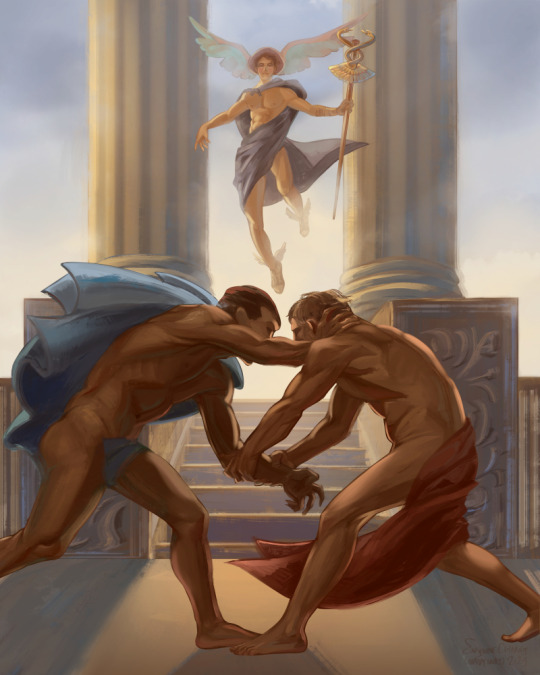
Around 510 BC in Kerameikos, a palestra scene depicting two wrestlers is sculpted from Pentelic marble for the grave of an athlete. In those days, Hermes was the patron of gymnasia and palaestrae where the athletes trained. In this illustration I attempted to recreate the wrestlers in a pankration tournament as they fight for everlasting glory, overseen by their divine protector.
Also, my mail this year is not being delivered in a timely manner and this is my peace offering. Please, Hermes I am begging you so hard, stop fucking with my mail.
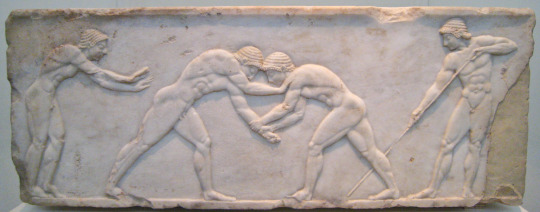
Photo: "Base for Funerary Kouros" by Sharon Mollerus on Flickr
#greek mythology#pankration#hermes#original#all the hermes art this year.. when u see it u know my mail is funkyy
71 notes
·
View notes
Text
Hermes Deity Deep Dive
This was a requested deep dive on Hermes, you can request a deep dive on my ko-fi for $5!
Hermes is one of the 12 Olympian Gods and is known as the herald or the messenger of the gods. Often depicted wearing winged shoes and holding a staff or wand, he was known to be the patron of heralds and messengers.
As with many deities, Hermes is the god of many things, such as poets, athletics, luck, travel, trade, omens, animal husbandry, and thieves. This multi-faceted god was often conflated with the Roman Mercury, though there are some key differences.
With that, let’s get to know Hermes!
Parents and Siblings
Zeus (father)
Maia (mother)
Lovers or Partners
Theses are the more common lovers found referenced with Hermes.
Aphrodite
Brimo
Daeira
Peitho
Persephone
Penelopeia
Children
These are all of the cited children I found, there may be some discrepancies depending on which myth you read and who tells the story.
Evander
Pan*
*The primordial god Pan has many origins, being the son of Hermes and Penelopeia is just one of these origins. The next three are thought to be aspects of Pan that may also be personified separately. Pan may be a tripartite deity, this will have to wait until Pan gets his own Deep dive.
Agreus
Nomios
Phorbas
Hermaphroditus
Abderus
Autolycus
Eudoros
Angelia
Myrtilus
Palaestra
Aethalides
Arabius
Astacus
Bounos
Cephalus
Cydon
Pharis
Polybus
Prylis
Saon
Epithets
The Greek gods have massive lists of names, here are some I’ve found on multiple lists.
Atlantiades
Argeïphontes
Cyllenian
Kriophoros
Notes
One of the more popular myths of Hermes is the myth of him stealing Apollo’s cattle as a baby. Hermes was freshly born, escaped his crib and stole his half-brother’s herd of cattle. In order to avoid getting caught, Hermes plays some devious and clever tricks, though the tricks he plays depends on the myth-teller. At some point on his journey with the cattle he finds a tortoise whose shell he turns into the very first lyre. Inevitably he gets caught by Apollo but the sun god is so charmed by the lyre that he allows Hermes to keep the cattle or at least forgives him.
Not only this myth, but others depict him as a trickster who enjoys a good prank.
Hermes was known to be the patron god of Arcadia as he was born in Mount Cyllene in Arcadia according to Homer.
Philostratus places Hermes’ birthplace in Olympus, however.
Hermes is also a psychopomp, a traveler between the realms of the living and dead who aides souls headed to the underworld.
It’s possible that Hermes’ name derives from the Greek herma which meant “heap of stones” or “cairn”. These heaps of stones, or cairns, were roadside markers for travelers and may have also acted as small shrines for the deity.
Hermes was notably charming even as a baby, considered a darling of the gods (ref) where many of the deities in the pantheon would teach or entertain young Hermes.
Hermes was said to have invented wrestling and racing.
One of his more prominent cults was in Attica during the Classical period. By this time he was considered to be the god of travelers and sailors.
Thoth was another deity conflated with Hermes.
Hermes in many myths and traditions is seen to be a liminal deity. Not only is he able to travel between the underworld and overworld with ease, but he is often depicted as both young and old, as a mediator between god and man, and as a dream bringer.
It’s possible that this ties into his involvement as an initiator for young adulthood.
The Hermea were festivals held in honor of Hermes.
Hermes’ staff or wand, the caduceus (staff with two snakes wound around it), is often mistaken for the Rod of Asclepius (staff with one snake wound around it).
Modern Deity Work
Explanations are placed next to each item on the list.
Correspondences
Rocks/Stone/Crystals
Copper - I couldn’t find a source for this but I’ve seen it on multiple posts now and my friends who follow Hermes cite this as well so it is worth a mention!
Gold
Silver
Rocks - Just rocks, specifically stacked rocks from the roadside. Cairns were
Herbs/Plants
Crocus flower - based on the myth where he accidentally kills Krokos and turns him or his blood into a flower.
Strawberry Trees (botanical name Arbutus unedo) - he had been nursed under one according to some myths.
Animals
Hare - he placed the hare amongst the stars as the constellation Lepus.
Tortoise - created the lyre out of a tortoise shell.
Cattle - stole Apollo’s cattle as a baby and is known to be a god of cattle rearing.
Hawk - he transformed two men, Hierax and Daidalon, into hawks.
Symbols
Caduceus - the name of the staff or wand he is depicted as carrying.
Shepherd’s Pipes - he created the shepherd’s pipes.
Winged shoes - the type of shoe varies by myth or artistic depiction but the “winged” part remains the same.
Winged hat - he is often depicted wearing a winged hat.
Traveler’s hat - he is often depicted wearing a traveler’s hat.
Offerings
Shepherd’s Pie - This is purely based on the fact that it’s similar to shepherd’s pipes and I find it amusing, I’m sure a god who enjoys jokes would enjoy this too but that’s my bias.
Koumara - I found this post by @grecowitch explaining that while strawberries are often cited as offerings for Hermes, this misconception comes from the misleading name of the “strawberry tree” which actually produces fruit called koumara! That said, I imagine Hermes wouldn’t be upset at receiving delicious strawberries.
Animal skins - Hermes
Coins - he is known to be a patron of not only merchants but thieves!
Other standard offerings to Grecian deities are olive oil, honey, cheeses, various fruits, milk, and candles.
Acts of Devotion
Write poetry - he is a god of poetry.
Travel - he is the patron god of travelers.
Learn how to play the lyre - he created the lyre.
Play sports - he is known as a god of athletics and during his festival days people would play sports.
Play pranks - I won’t advocate for harsh pranks, personally, but he is known as a trickster so do with that what you will.
Pray to him - pretty standard devotional act.
Go to the gym or otherwise exercise - he has been cited as the patron deity of gyms.
Build a cairn - DO NOT STACK ROCKS IN NATURE as it disrupts the natural environment! However, feel free to build one on your porch or in your house with rocks you may already have.
Celebrate Hermea - I was unable to find a set date-range for these festivals. Some suggested around the beginning of August, possibly due to his conflation with the Irish god Lugh’s holiday Lughnasadh; others suggested May 15 due to the Roman god Mercury’s holiday Mercuralia. That said, he was known to be worshipped during other holidays in Greek tradition alongside other deities.
References and Further Reading
Encyclopedia Mythica
The THEOI Project
Wikipedia
Britannica
147 notes
·
View notes
Photo

The Baths of the Roman Empire
An infographic illustrating a typical Roman bathhouse design and elements. The Baths of the Roman Empire were a complex network of public facilities playing a major role in the daily lives of the citizens of the empire. Most Roman baths followed a similar layout of interconnected rooms and spaces, including a frigidarium (cold room), tepidarium (warm room), and caldarium (hot room), along with an apodyterium (changing room), natatio (swimming pool), and palaestra (exercise areas). This standardized arrangement allowed bathers to navigate the complex with familiarity regardless of their location within the empire.
Image by Simeon Netchev
66 notes
·
View notes
Text
Palaistra deusa da Luta livre

PALAISTRA (Palaestra) era a deusa ou espírito (daimona) do esporte luta livre. Ela era filha do deus-atleta Hermes.
Conhecemos essa divindade através dos escritos de Filóstrato, o velho.
É comum pessoas verem as artes marciais como algo superficial e vazio, mas elas tem grande importância nas sociedades humanas, se avaliarmos vamos notar que cada sociedade criou um ou vários tipos de lutas, então a luta tem um valor cultural, o que mostra que ela não é vazia como muitos pensam.
Pesquisas mostram que existem vários benefícios físicos e psicológicos para aqueles que praticam alguma arte marcial, mas como estamos falando da deusa da luta livre procurei especialmente por essa arte
Benefícios da luta greco-romana "A prática da luta greco-romana traz vários benefícios tais como: melhora a capacidade pulmonar e da circulação sanguínea, força, flexibilidade, velocidade, coordenação motora, gasto calórico. Sua prática promove o ganho de resistência,, deslocamento e movimentação dos membros, resistência muscular, agilidade e ritmo."
Benefícios da luta livre "No sentido físico, esse esporte beneficia todos os grupos musculares, tais como pernas, torso e até mesmo o pescoço. Inclui-se no pacote também a coordenação motora, a velocidade, a agilidade e a intensidade para executar os golpes."
A prática de lutas também tem vários benefícios emocionais como ajudar os praticantes a atingirem o equilíbrio emocional e aprenderem a controlar melhor a raiva e o temperamento explosivo.
Então, vemos como Palaistra é essencial em nossas vidas, e não devemos desvaloriza-lá.
Palaistra, deusa não-binário? Uma interpretação moderna :
Ao lermos os escritos de Filóstrato sobre Palaistra podemos ter algumas interpretações modernas sobre a deusa, como no trecho a seguir dá a entender que a deusa seria assexual
"pois a donzela mostra pelo seu aspecto viril que ela não se casaria voluntariamente com nenhum homem nem teria filhos."
Esse outro trecho me faz enxergar Palaistra como uma pessoa Não-Binário ou pelo menos uma mulher desfeminilizada
"A figura de Palaistra, se comparada a um menino, será a de uma menina; mas se for confundido com uma menina, parecerá ser um menino. Pois o cabelo dela é curto demais para ser enrolado em um nó; o olho pode ser de qualquer sexo; e a testa indica desdém tanto pelos amantes quanto pelos lutadores; pois ela afirma ser capaz de resistir tanto a um quanto a outro e que nem mesmo em uma luta livre alguém poderia tocar seus seios, tanto que ela se destaca na arte. E os próprios seios, como num menino de tenra idade, mostram apenas leves sinais de início de plenitude. Ela não se importa com nada feminino; portanto, ela nem deseja ter braços brancos e, aparentemente, até desaprova as Dríades porque elas ficam na sombra para manter a pele clara; não, como alguém que vive nos vales de Arcádia, ela implora a Hélios (o Sol) por cor, e ele a traz para ela como uma flor e avermelha a garota com calor moderado"
Aos meus olhos Palaistra seria patrona das pessoas que não se adequam aos padrões de gênero, especialmente pessoas não-binários e mulheres que não performam feminilidade.
Pagãos que se encontram nessas situações poderiam rezar a Palaistra e pedir ajuda e proteção, para enfrentar as dificuldades que ser você mesmo pode trazer, Palaistra daria coragem a aqueles que querem fugir das convenções de gênero, mas tem inseguranças.
11 notes
·
View notes
Text
telemachus
- his face looks just like his dad’s, but he has black hair like his mom
- when he his young, penelope weaves a tapestry of odysseus for him, and he hangs it in his room. he looks at it all the time, idolizing it like his father is some sort of divine figure
- when he was a toddler, he constantly asked penelope to “tell a story about father”
- “tell the story about the olive tree again!”
- penelope always obliges with a smile, but it hurts her that her son doesn’t have a father figure
- argos sleeps in telemachus’s room, and acts as his companion and protector
- telemachus (and argos) will spy on the suitors throughout the day, planning an attack, but they always get pushed out by the suitors if caught or chicken out before anything can happen
- he has major social anxiety because of these confrontations, they are all he’s known
- he finds refuge in talking with penelope and letting her hold him, even as a teenager and twenty-something
- in his free time, he likes to take walks to the nearby palaestra, where he practices wrestling and archery
- he also likes to wake up before sunrise to swim in the ionian sea
- argos will sometimes join him, too
133 notes
·
View notes
Text
youtube
Samnytt – Ansvarsflykt, Bluffannonser och offerrollen
0 notes
